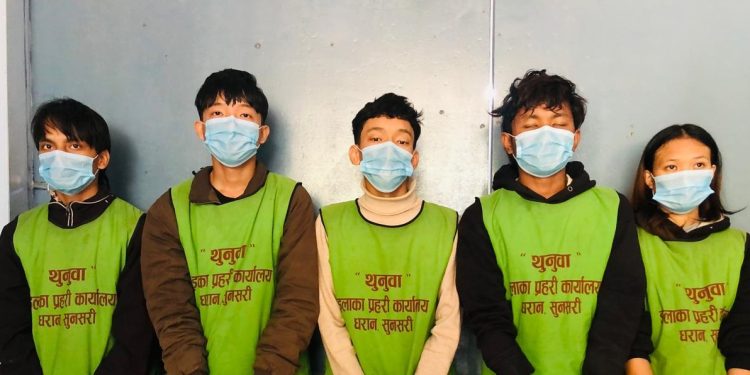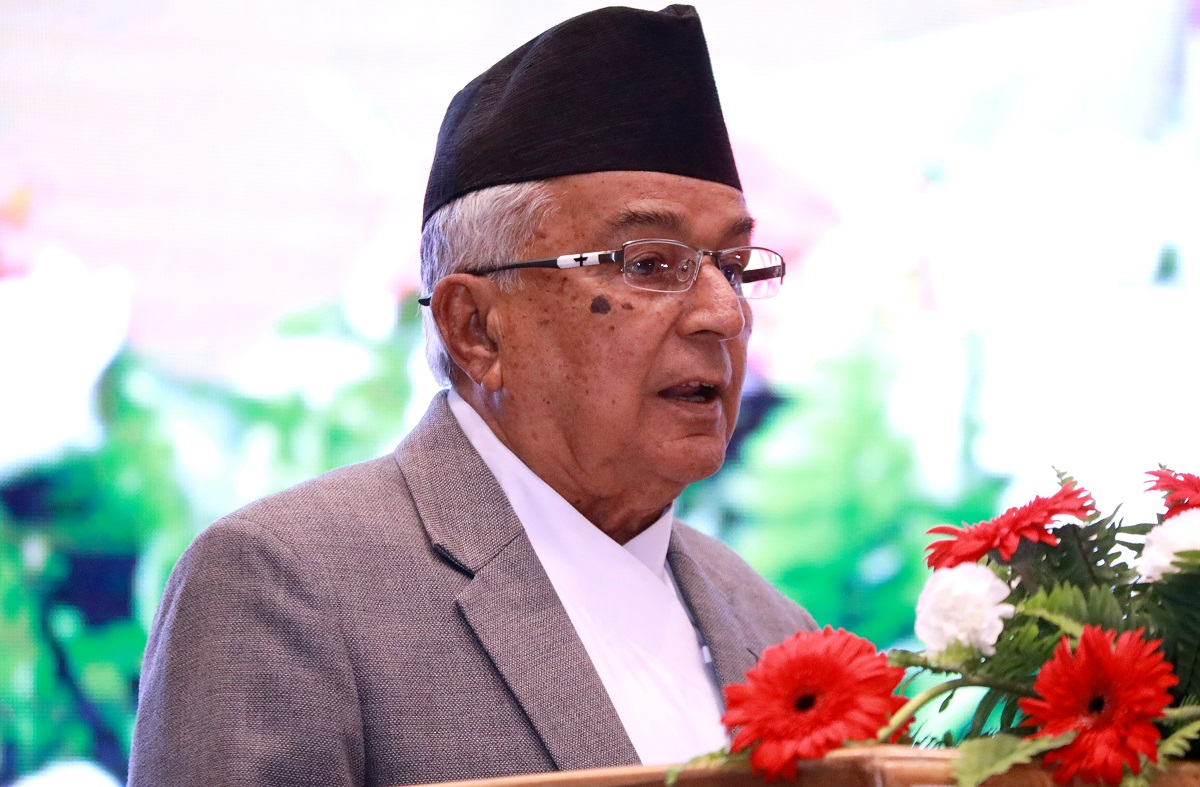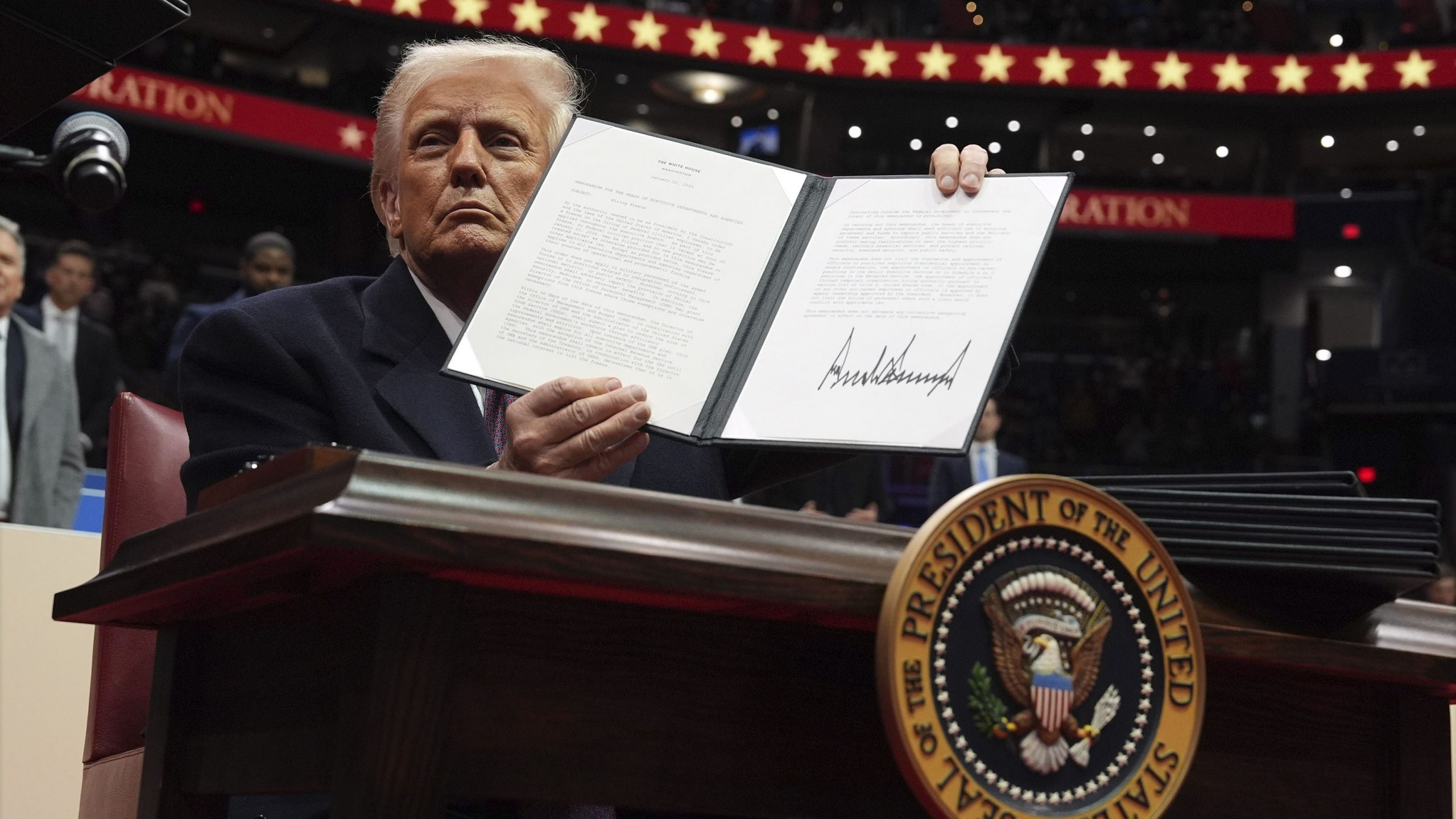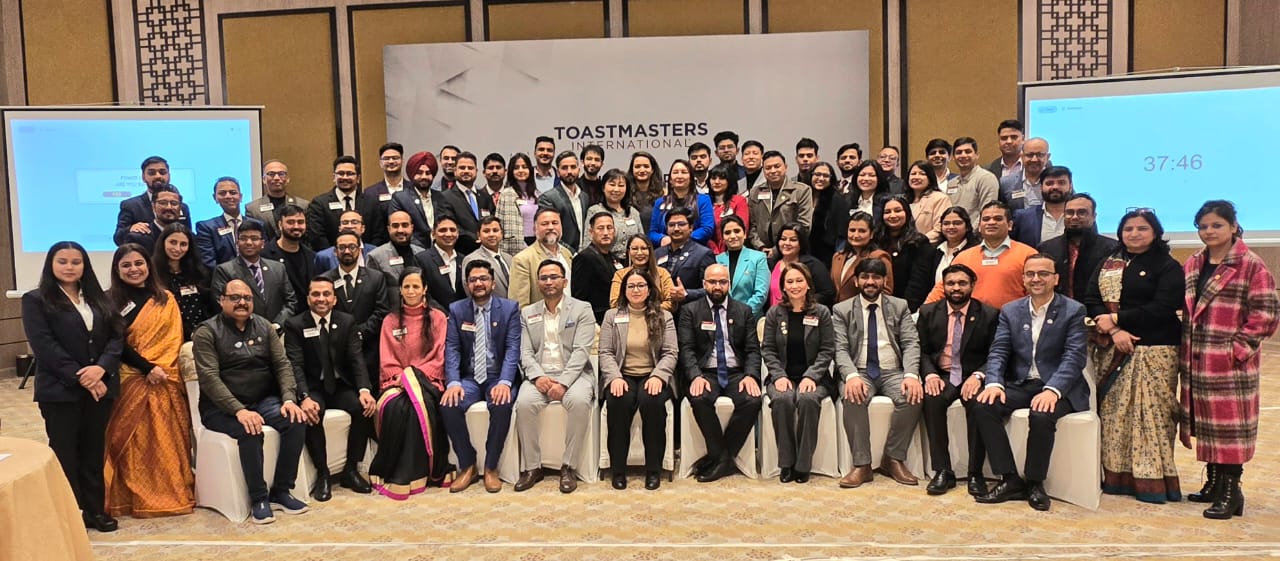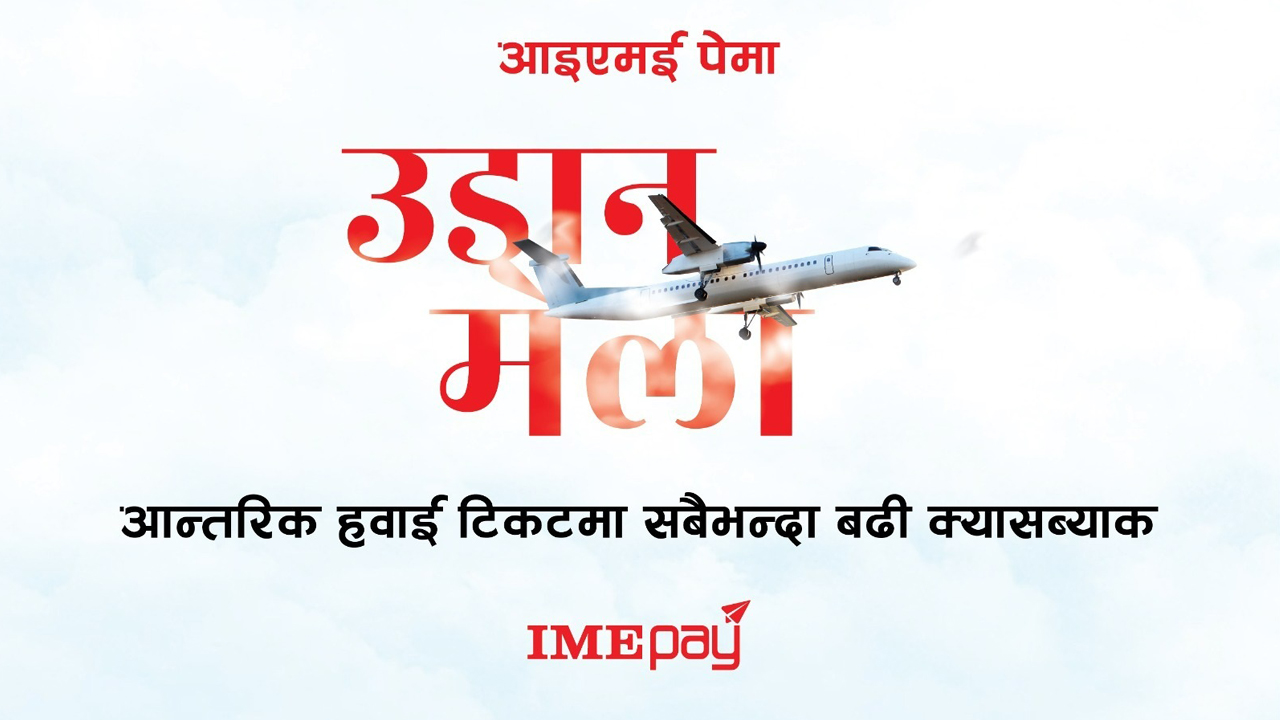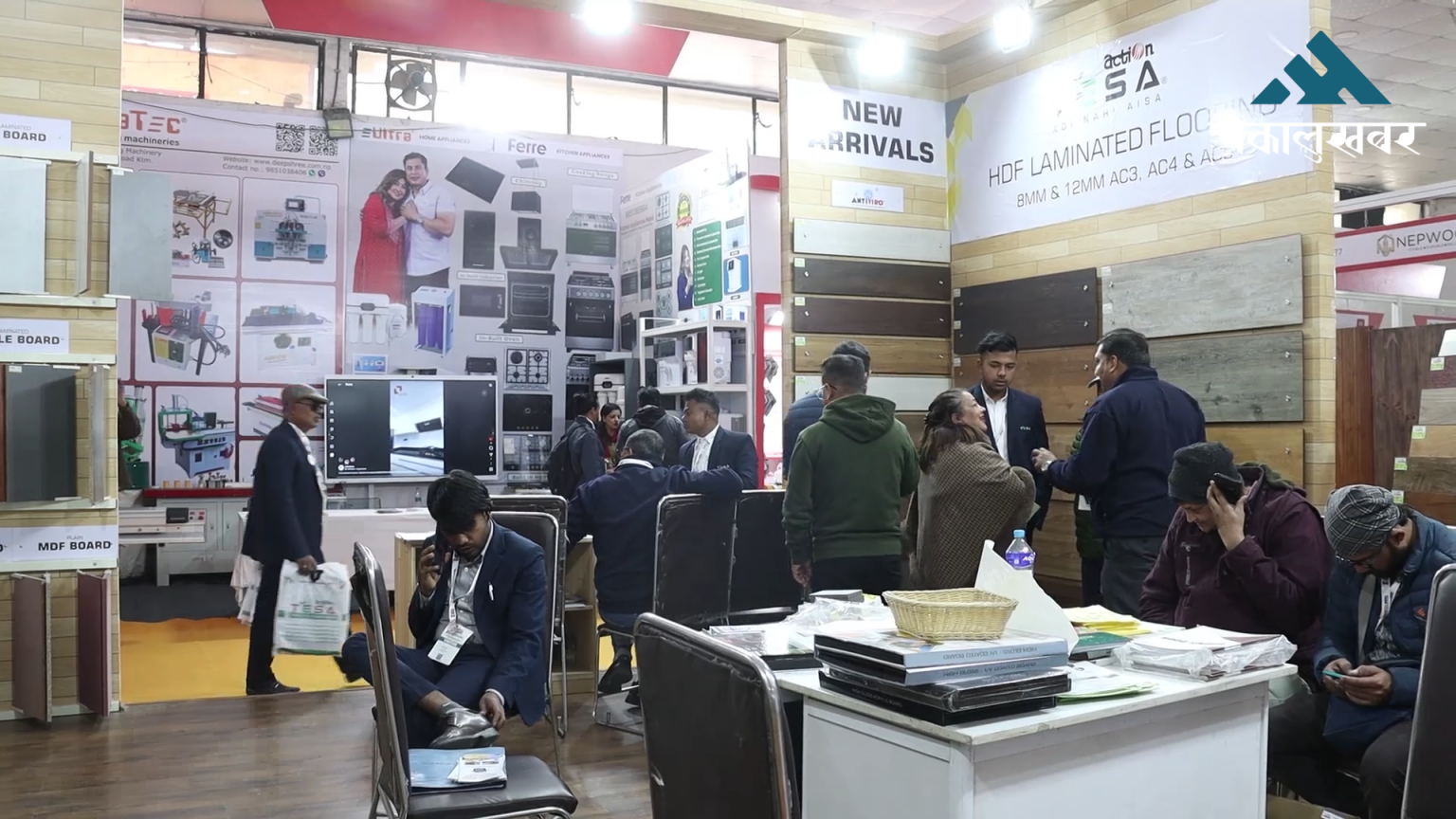Taman village still has ‘Katuwal’ and ‘Mukhiya’
Katuwal custom is still practiced in Taman Khola Rural Municipality-3 Taman village of Baglung. Despite the fact that the majority of the village's residents have mobile phones, the residents of Taman village have preserved this practice.
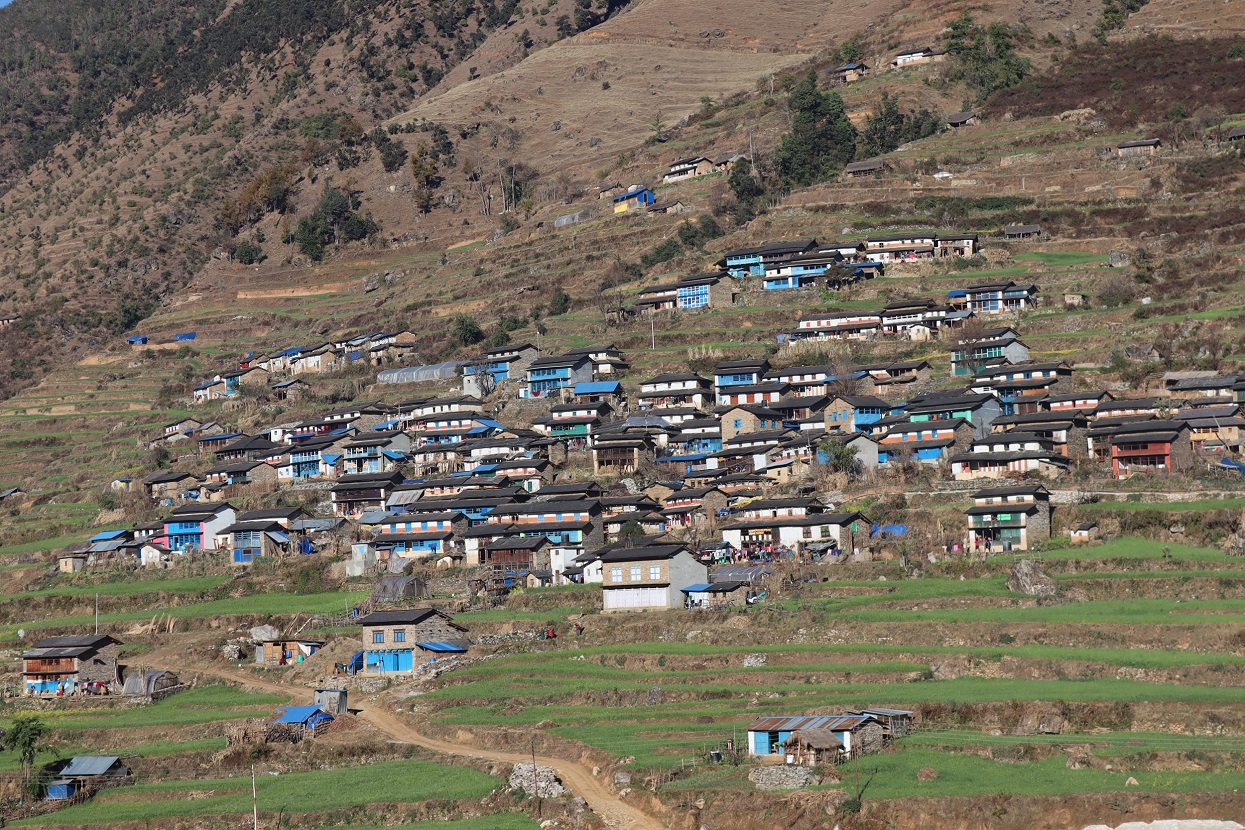
DHORPATAN: Until about a decade ago, shouting katuwal was an acceptable mode of communication in Baglung’s rural areas. When there was a public meeting, conference, or work in the village, Katuwal would shout loudly from a high place to alert the villagers. As the use of mobile phones increased, the Katuwal custom began to fade.
Katuwal custom is still practiced in Taman Khola Rural Municipality-3 Taman village of Baglung. Despite the fact that the majority of the village’s residents have mobile phones, the residents of Taman village have preserved this practice. According to locals, the Katuwal practice, which is regarded as a multi-purpose and reliable source of information in the village, could not be eliminated as it was effective.
Ruplal Budha Magar, a local, is now doing Katuwal’s job. Ruplal claims that he has had this responsibility from the villagers for five years. Despite the fact that the villagers have a policy of changing the Katuwal every four years, Ruplal has done it again. His job is to convey information by loudly humming. Ruplal stated that when pujas, jhara, fairs, and other public programs are held in the village, they work to keep the villagers informed.
He stated that after going to a high place to inform the villagers about any public interest and concern programs, the villagers participate in programs, meetings, and meetings based on the same information after saying yes. “This practice has been going on since tradition, the villagers have not been able to remove it, my job is to inform if there is any program in the village,” Ruplal said.
He stated that he has been providing information to the citizens of 374 Taman village households. Ruplal claims that because it is impossible to send information to all of the citizens of the house from one location, they travel to Deurali Danda, Kiri, Hille, and other villages to provide information.
“As the village is large, everyone cannot obtain information from a single source. They will not return to the program if they do not receive information. I will be punished if they do not receive information “Ruplal stated. I am delighted to be a dependable medium of information flow.
Taman village retains not only the Katuwal but also the Mukhiya traditions. The village now has only one chief. The villagers have elected Lalit Gharti Magar as their leader. Ruplal works to inform the villagers in accordance with the chief’s orders. There is a local rule that the Katuwal must report to the Mukhiya (a title for the head of the community).
Katuwal is paid 200 rupees per year by a house for providing information. Ruplal claims to earn 74,800 rupees per year from Taman village, which has 374 households. He stated that because there is no need to transmit daily information, other tasks can be completed.
“It is not difficult to work as a carpenter; this work is not always, sometimes only on occasion; at other times, I also do household work; I have taken this work as a service to the people,” he explained. “Not finished.”
Local Krishna Budhathoki believes that the customs that have existed since tradition should be preserved. He stated that such traditions are linked to the original culture and that modernity has had a significant impact.
Villagers also respect the Mukhiya
The Mukhiya tradition is still practiced in Taman village. Taman village is now led by 35-year-old Lalit Gharti Magar. He is in charge of 374 households in Taman village. Gharti resolves village disputes, organizes, and manages the village.
Gharti claims that, despite having the same job and role as the current people’s representative, he will not receive any service benefits. He stated that this practice has been carried out since tradition and that they will continue to do so even after their tenure ends. He stated that his term would be four years.
“Whatever customs there are in the village, all of them have been going on since our ancestors, and we have continued them,” the chief explained. “We only do that by setting a specific date for special activities in the village, worship, when there is a program, when the forest is closed, when it is blown.” “The mukhiya is to lead the village, he is similar to the current ward president, but the mukhiya does not take any service facility, it is community service,” Gharti explained.
Taman village chief Jitendra Roka came to a halt in front of Gharti. Gharti was elected chief after his death. He is currently serving two terms. He said that since recently elected representatives have also come to serve the people, he has been working in coordination with the rural municipality and ward.
He stated that when the local government did not arrive, the headman did all of the village work, but when the people’s representatives arrived, they worked by coordinating and cooperating. “When the local government didn’t come, all the village heads had to do the work; now, when the people’s representatives come, we work in cooperation with them; it’s easy for them, it’s easy for us; we’re going to change the society in any way,” he explained.
According to Joklal Budha Magar, Chairperson of Tamankhola Rural Municipality, the old customs are still practiced in the village. He also stated that because both Mukhiya and Katuwal practices are being used for social change, it is now easier to collaborate with people’s representatives.
“We have been comfortable with these customs that have come from tradition,” said Chairperson Budha Magar. “The chief does not interfere in the work of the people’s representative, they used to do some of the work we do, now they work in collaboration with us, this has also served the villagers, and also the preservation of the tradition.”
Dammar Budha Magar/RSS


